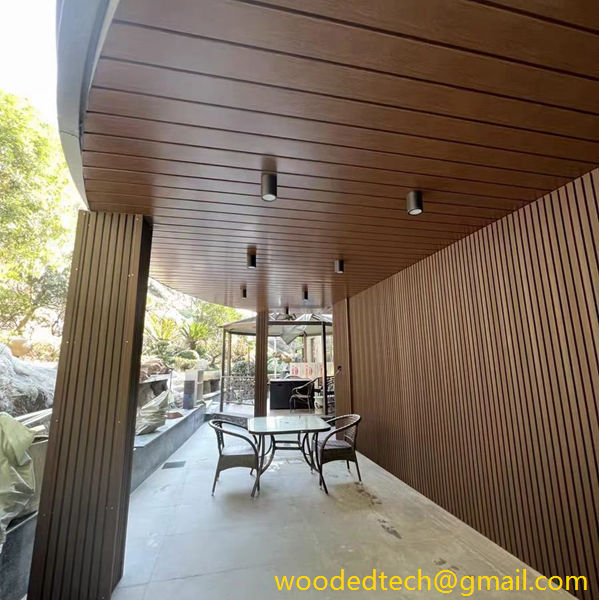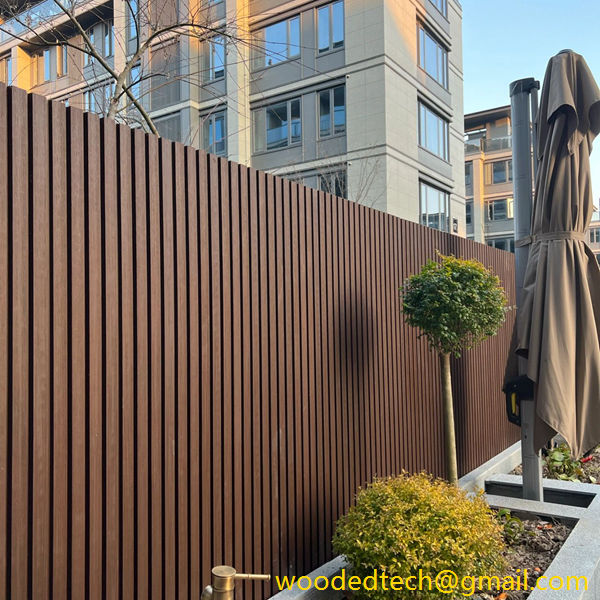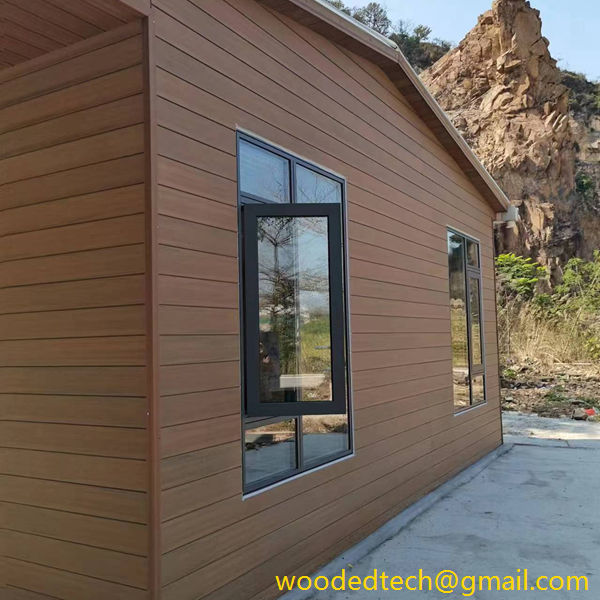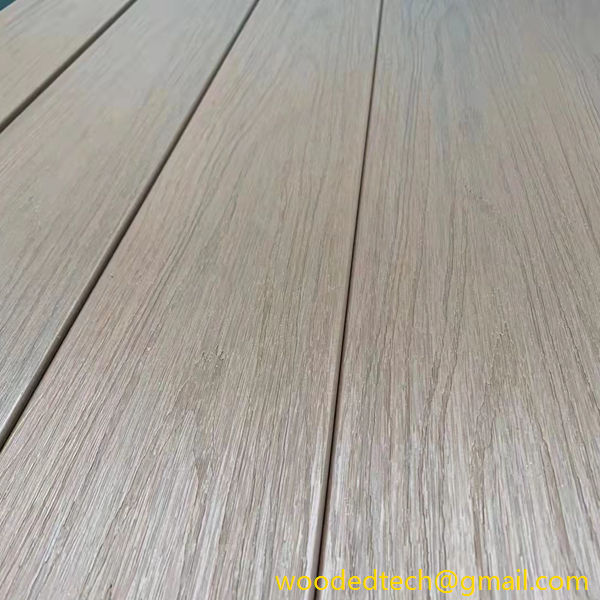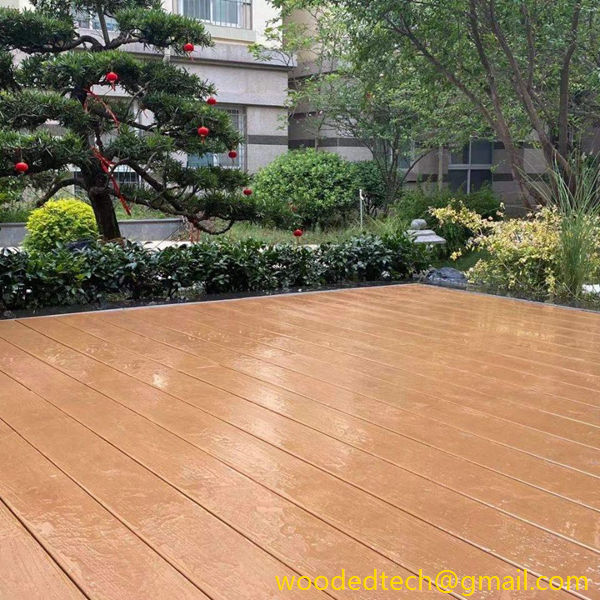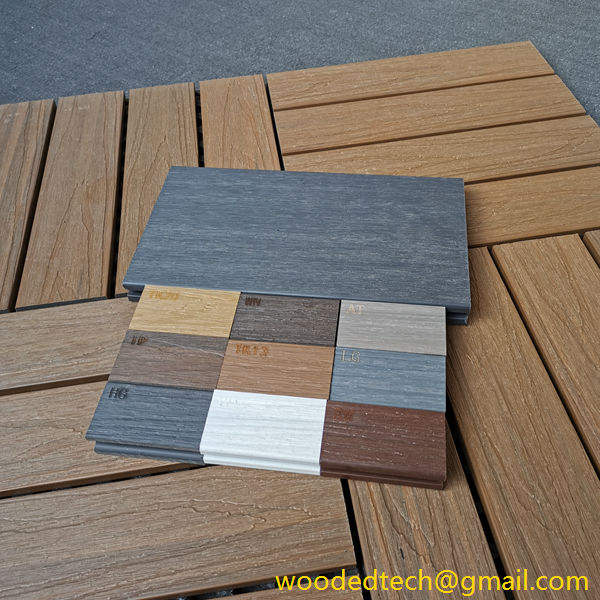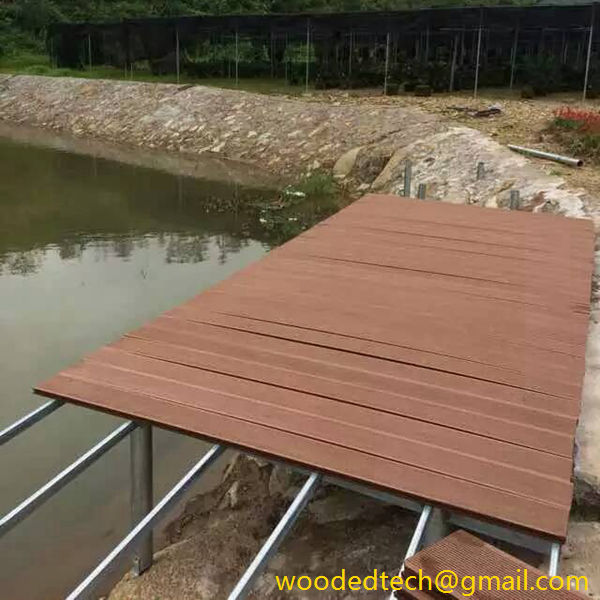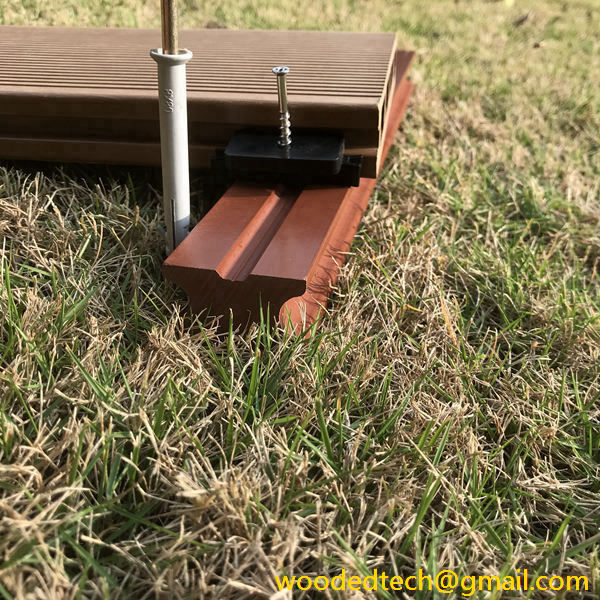Exterior Wall Coverings: Explore Various Exterior Wall Coverings for Your Home
Exterior Wall Coverings: Explore Various Exterior Wall Coverings for Your Home Exterior wall coverings play a crucial role in defining the aesthetic appeal, durability, and energy efficiency of a home. They not only protect the underlying structure from the elements but also contribute significantly to the overall character of the building. With advances in material…
Exterior Wall Coverings: Explore Various Exterior Wall Coverings for Your Home
Exterior wall coverings play a crucial role in defining the aesthetic appeal, durability, and energy efficiency of a home. They not only protect the underlying structure from the elements but also contribute significantly to the overall character of the building. With advances in material production technology, homeowners now have a wide array of options to choose from when it comes to exterior wall coverings. This article explores various materials and their unique characteristics, helping you make an informed decision for your home.
One of the most traditional options is wood siding. Wood has been a popular choice for centuries due to its natural beauty and versatility. It can be cut into various styles, such as shingles, clapboards, or panels, allowing homeowners to achieve different looks. With modern treatments and finishes, wood siding can resist moisture and pests more effectively than in the past. However, it requires regular maintenance, including painting or staining, to preserve its appearance and prevent deterioration.
Vinyl siding is another widely used exterior wall covering. It is known for its affordability, low maintenance, and ease of installation. Vinyl is available in a plethora of colors and styles, making it easy to match any architectural design. Advances in manufacturing have improved its durability, allowing it to withstand harsh weather conditions without warping or fading. However, while vinyl siding is resistant to moisture and insects, it may not provide the same level of insulation as some other materials.
Brick is a classic choice that offers both strength and aesthetic appeal. Known for its longevity, brick siding can last for decades with minimal maintenance. Its natural thermal mass helps regulate indoor temperatures, making it an energy-efficient option. Additionally, brick is fire-resistant and does not attract pests. However, the initial cost of brick can be higher than other materials, and installation requires skilled labor to ensure durability.
Stone veneer has gained popularity in recent years due to its natural appearance and versatility. Made from manufactured or natural stones, stone veneer can be applied to both new constructions and renovations. It provides the look of solid stone at a fraction of the cost and weight. While it requires less maintenance than wood, it is crucial to ensure proper installation and weatherproofing to avoid moisture issues.
Stucco is another exterior wall covering that has become increasingly popular, especially in warmer climates. Made from a mixture of cement, sand, and lime, stucco can be applied directly over a variety of surfaces, including wood and masonry. Its seamless finish allows for creative textures and colors, making it a favorite among homeowners seeking a unique look. Stucco is highly durable and energy-efficient, but it may crack in extreme temperatures or if improperly installed.
Fiber cement siding is an innovative solution that combines the best features of wood and cement. It is made from a mixture of cellulose fibers, sand, and cement, resulting in a material that is resistant to fire, rot, and pests. Fiber cement siding can mimic the appearance of wood or stucco, providing homeowners with a wide range of design options. It requires minimal maintenance and can last for decades with proper care. Additionally, it has excellent insulating properties, contributing to energy savings.
Metal siding is an option that has gained traction due to its modern look and durability. Aluminum and steel are the most commonly used metals for siding applications. Metal siding is highly resistant to weather, pests, and rot, making it a low-maintenance choice. It can be painted in various colors and is available in different finishes, including corrugated or flat panels. However, metal siding can be prone to dents and may require periodic painting to prevent rust.
Another innovative option is insulated vinyl siding, which combines the benefits of traditional vinyl with enhanced thermal performance. This type of siding features a layer of insulation that helps reduce energy costs by minimizing heat transfer. Insulated vinyl siding is available in various styles and colors, making it a versatile choice for homeowners looking to improve their home’s energy efficiency without compromising aesthetics.
When selecting an exterior wall covering, it is essential to consider various factors, including climate, maintenance requirements, budget, and personal style preferences. Each material has its own advantages and disadvantages, and the right choice will depend on the specific needs of your home.
In conclusion, the advancements in material production technology have significantly broadened the range of exterior wall coverings available for homeowners. Whether you prefer the timeless elegance of brick, the modern appeal of metal, or the flexibility of vinyl or fiber cement, there is an option that will suit your needs and preferences. As you embark on your exterior home project, take the time to research and evaluate each material’s characteristics to ensure that your choice not only enhances your home’s aesthetic appeal but also contributes to its long-term durability and energy efficiency.

